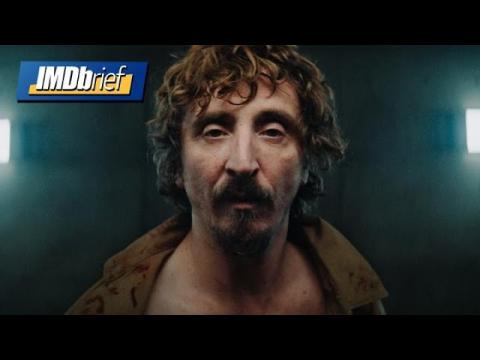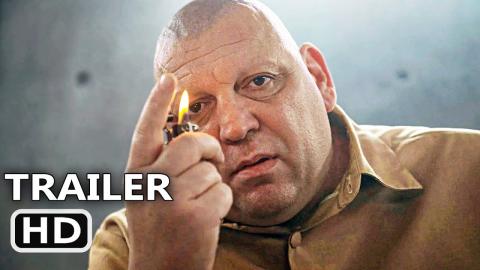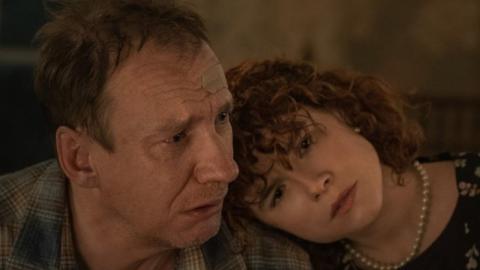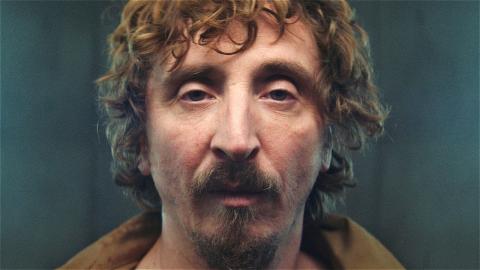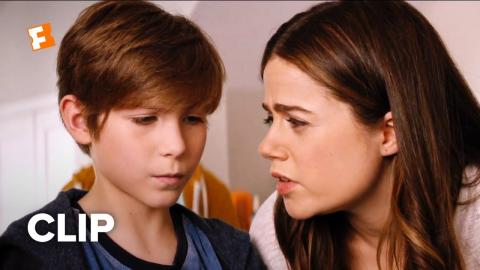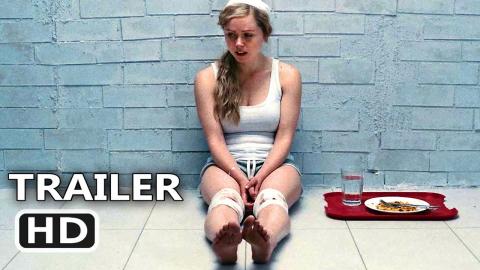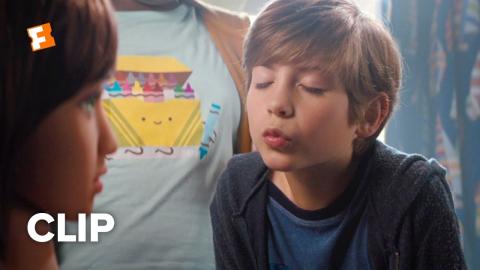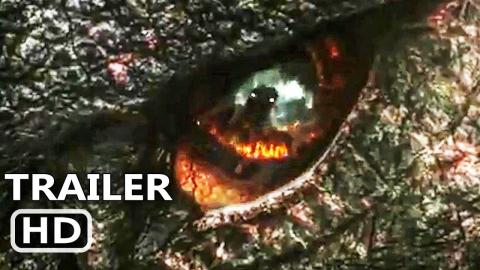The Ending Of The Platform Explained
Description
When the Netflix original film The Platform dropped in February 2020, the Spanish horror-thriller quickly generated a ton of buzz for its unique dystopian setting and the prescient symbolism at the core of the narrative.
At first glance, the film appears to be a story of individual greed and the struggle to survive, but as the movie reaches its haunting conclusion, it becomes clear that there's something deeper going on.
At the outset of The Platform, we're introduced to Goreng, a new inmate in a vertical prison. At the top, a team of chefs prepare a lavish feast big enough to feed everyone in the hundreds of cells below, and each day, the titular platform containing the food is lowered.
The platform stops at each cell for two minutes, and the two prisoners in that cell can eat as much or as little as they want. Of course, those at the top get their fill, while those at the bottom are left with nothing and end up starving. The catch is that the prisoners are assigned a new cell each month, rearranging the pecking order in relation to the platform.
The ambiguous ending of The Platform and the film's metaphorical nature throughout have left many viewers trying to figure out what it all means. Let's run through the symbolism of the movie and what message the filmmakers wanted us to take away from the final moments.
We get bits of details about what the purpose of the prison is throughout, but it's not until Goreng meets Imoguiri, who worked for the prison herself before becoming an inmate, that we get a more concrete idea.
Imoguiri tells Goreng that the administration prefers to refer to the pit-like prison as a Vertical Self-Management Center, or VSC. She explains that in order for the food to reach all the way down to the lowest levels there needs to be a "spontaneous sense of solidarity", meaning everyone, without communicating to one another, only takes as much as they need. She seems to imply that the whole purpose of the prison is to create a system in which people can learn to foster this spontaneous sense of solidarity.
However, Goreng proposes a more sinister interpretation:
According to Goreng's interpretation of the prison, it's a small-scale model of a harsh capitalist system that the ruling class is using to test the responses of the proletariat. It's a tool for the rulers, not society as a whole.
Most of the main characters we meet in The Platform represent archetypes or ideas larger than themselves. For instance, Goreng, who volunteers to enter the pit in order to obtain a college diploma, represents an idealisic intellectual. At the beginning of the film, he shames the greed of those who take more than their share when they have the opportunity, but doesn't understand why they do it, as he has yet to spend a month at the bottom of the pit.
Similarly, Imoguiri represents the willfully ignorant bureaucrats upon which a system like the VSC rely in order to function. When Imoguiri enters the pit, it's revealed that she's mostly in the dark as to what exactly happens in there. Like Goreng, she attempts to convince the prisoners below her to ration their food, but they don't listen to her pleas.
Perhaps the most enigmatic character in The Platform is Miharu, a mute woman who rides the platform each month in search of her young child. Miharu is disdained by the fellow prisoners and is often attacked. Even Imoguiri derides her struggle, claiming that her search for her child is a lie because nobody under 16 is allowed in the pit. Miharu represents those who suffer on the periphery of society, whose stories we don't want to believe because they sound so cruel that we can't imagine that we live in the same system, for instance, people experiencing homelessness or other forms of extreme poverty.
At the end of the film, we learn that Miharu's child is real, and has been living at the very bottom of the pit. Goreng arrives there after riding the platform down with a weapon, enforcing the rationing of the food by beating and killing anyone who tries to take more than their share. His plan is to return back to the top level with an uneaten dessert, a symbol that the prisoners have learned how to work together to survive in such a way.
However, after finding the child, Goreng realizes that that isn't the message he needs to send. The discovery of Miharu's child is confirmation of the most important component of the VSC experiment: those in power set the rules, but they clearly don't follow them themselves. Although they've assured everyone they would never do something as cruel as allow a child into such a horrendous existence, that was a lie. Watch the video to hear The Ending Of The Platform Explained!
#ThePlatform #EndingExplained
Read full article: https://www.looper.com/199118/the-ending-of-the-platform-explained/

